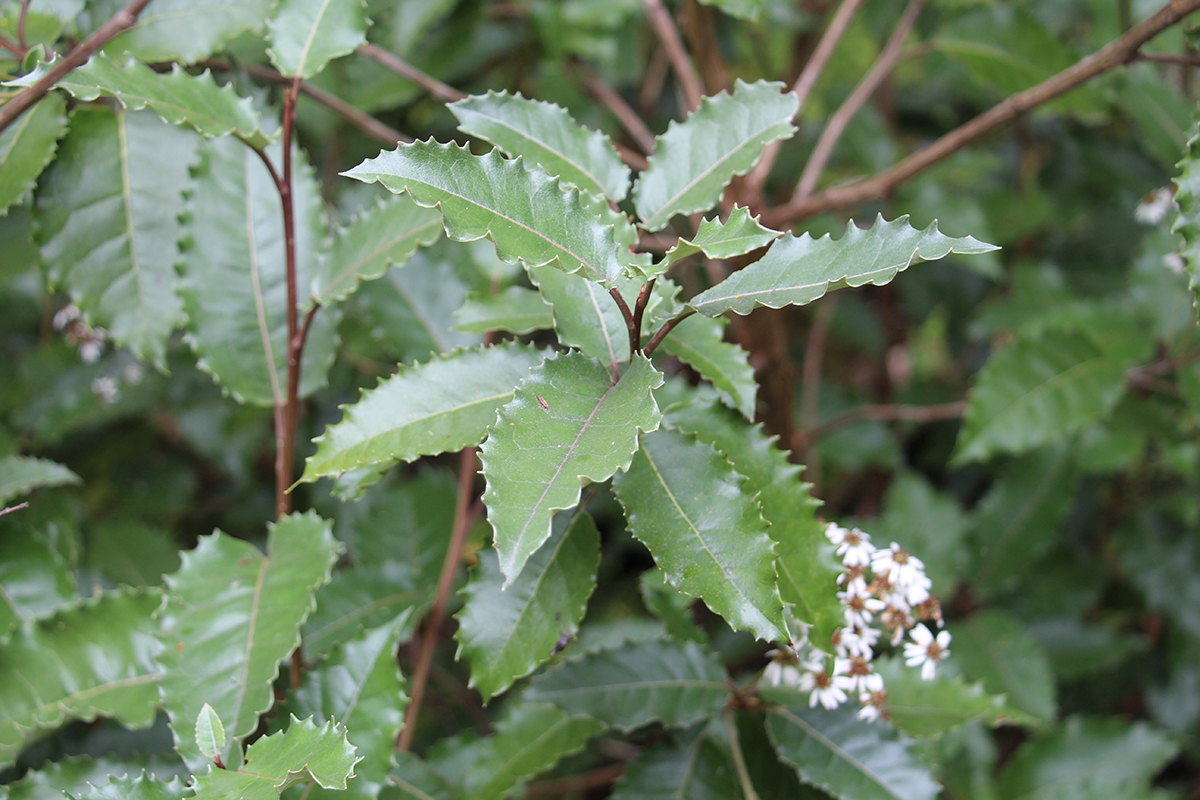-
Species
The species is the basic unit that we divide living things into and originally species were seen as clearly distinct from one another. What puzzled scientist was how species appeared in the first place? The answer was species evolved from other species as a result of a battle for survival; as carefully argued in Charles…
-
Cutting back – the call to arms
Pruning is cutting back for the plants benefit while cutting back is pruning for the gardeners benefit so certain rules apply to both. First remove dead and diseased material, second remove crossing branches and finally shape the plant. Any dead or diseased parts of the plant are going to be no benefit to you or…
-
Genus
This is a collection of very similar species and forms the first part of a plant’s scientific name. For example Alchemilla in Alchemilla Mollis and as such it is very important in the naming of plants. Ideally it would be best to have a clear definition as to what constitutes a genus and the International…
-
Cutting back – the plan
Before reaching for the pruning tools you need a clear idea of what you are hoping to achieve and in the context of this post it is a healthy plant which fits both physically and aesthetically into its location in the garden. It must not overwhelm the area around it or in the end look…
-
Phosphorus (P)
This is the second most important plant nutrient after nitrogen and important in its take up. Phosphorus is an important element in many of the complex compounds in plants which they need. For example it is one of only five different elements in DNA, the others being oxygen, hydrogen, nitrogen and carbon. Even with an…
-
Potassium (K)
This has a range of vital roles in plants, thought the exact nature and extent of them is still not well understood. It is generally more likely to be in short supply in soils with little clay in them such as peat and sandy soils.
-
Potash
A common name for potassium.
-
Clearing out
Now we’ve given the garden a really good looking at it is time to get our hands dirt. Having studied the garden you may well have come to the conclusion some plants are just too big, in the wrong place or you just don’t like them. To start with the last first, because it’s the…
-
Nitrogen (N)
One of the main plant nutrients and used by plants to make all proteins, and therefore as well enzymes, chlorophyll and many other essential parts of plants. The amount of nitrogen available to a plant is often the factor which limits it rate of growth and its behaviour within the soil is a very complex…



